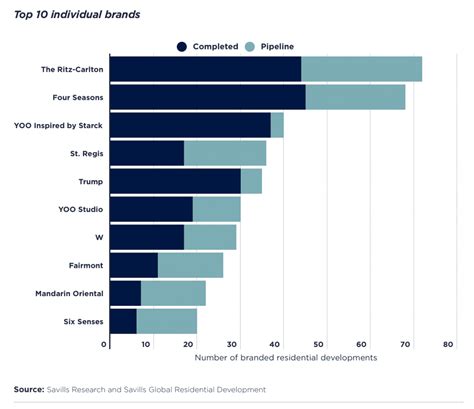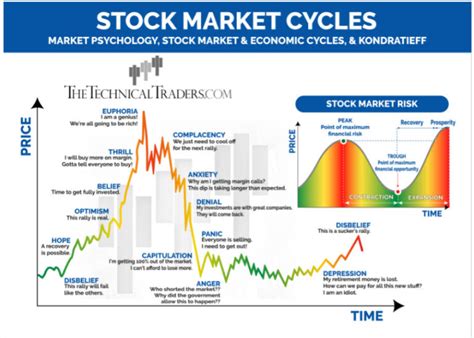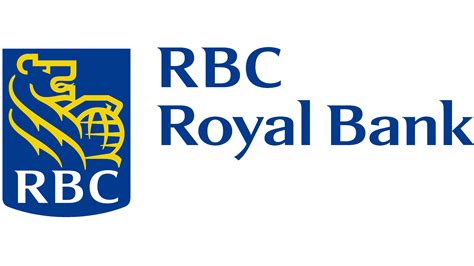Rite Aid, a prominent player in the retail pharmacy industry, is currently facing significant financial challenges. Reports from the Wall Street Journal indicate that the company is contemplating the possibility of filing for bankruptcy once again. This development has sent shockwaves through the business community and raised concerns among investors and stakeholders.
Financial Struggles and Bankruptcy
The potential decision to file for bankruptcy underscores the magnitude of Rite Aid’s financial struggles. The company has been grappling with various issues, including declining sales, increased competition, and mounting debt. A repeat bankruptcy filing would have far-reaching implications not only for Rite Aid but also for its employees, customers, and suppliers.
As news of Rite Aid’s deliberations spreads, industry experts are closely monitoring the situation. Many are analyzing the factors that have led to this critical juncture in the company’s history. Some point to changing consumer preferences and shopping habits, while others highlight management decisions and market dynamics as contributing factors.
Impact on Stakeholders
The specter of another bankruptcy filing raises concerns about how different stakeholders will be affected. Employees are understandably anxious about their jobs and livelihoods amidst such uncertainty. Customers may worry about service disruptions or changes to their shopping experience if Rite Aid undergoes restructuring.
Suppliers and business partners are also likely keeping a close watch on developments at Rite Aid. A bankruptcy filing could have ripple effects throughout the supply chain, impacting vendors who rely on the company for revenue. Investors are assessing their positions and weighing potential risks as they navigate an increasingly volatile market environment.
Industry Challenges and Competition
Rite Aid’s struggles reflect broader challenges facing traditional brick-and-mortar retailers in an era dominated by e-commerce giants like Amazon. The shift towards online shopping has upended the retail landscape, forcing companies to adapt quickly or face obsolescence. Competition within the pharmacy sector has intensified, with players vying for market share amid evolving consumer demands.
Experts note that successful retailers must innovate constantly, offer unique value propositions, and provide exceptional customer experiences to stay relevant in today’s competitive marketplace. Companies that fail to evolve run the risk of being left behind as consumer preferences continue to evolve.
The Path Forward
In light of these developments, industry analysts emphasize the importance of strategic decision-making for companies like Rite Aid facing financial turmoil. Whether through cost-cutting measures, operational restructuring, or strategic partnerships, businesses must explore all viable options to stabilize their operations and regain competitiveness.
As Rite Aid navigates this challenging period in its corporate journey, leadership decisions will play a crucial role in shaping its future trajectory. The road ahead may be fraught with obstacles, but decisive action guided by a clear vision could pave the way for a potential turnaround.
In conclusion, Rite Aid’s contemplation of another bankruptcy filing serves as a cautionary tale for businesses operating in today’s fast-paced and unpredictable economic landscape. The story unfolding at Rite Aid underscores the need for resilience, adaptability,
and foresight in navigating turbulent times within any industry.









Leave feedback about this